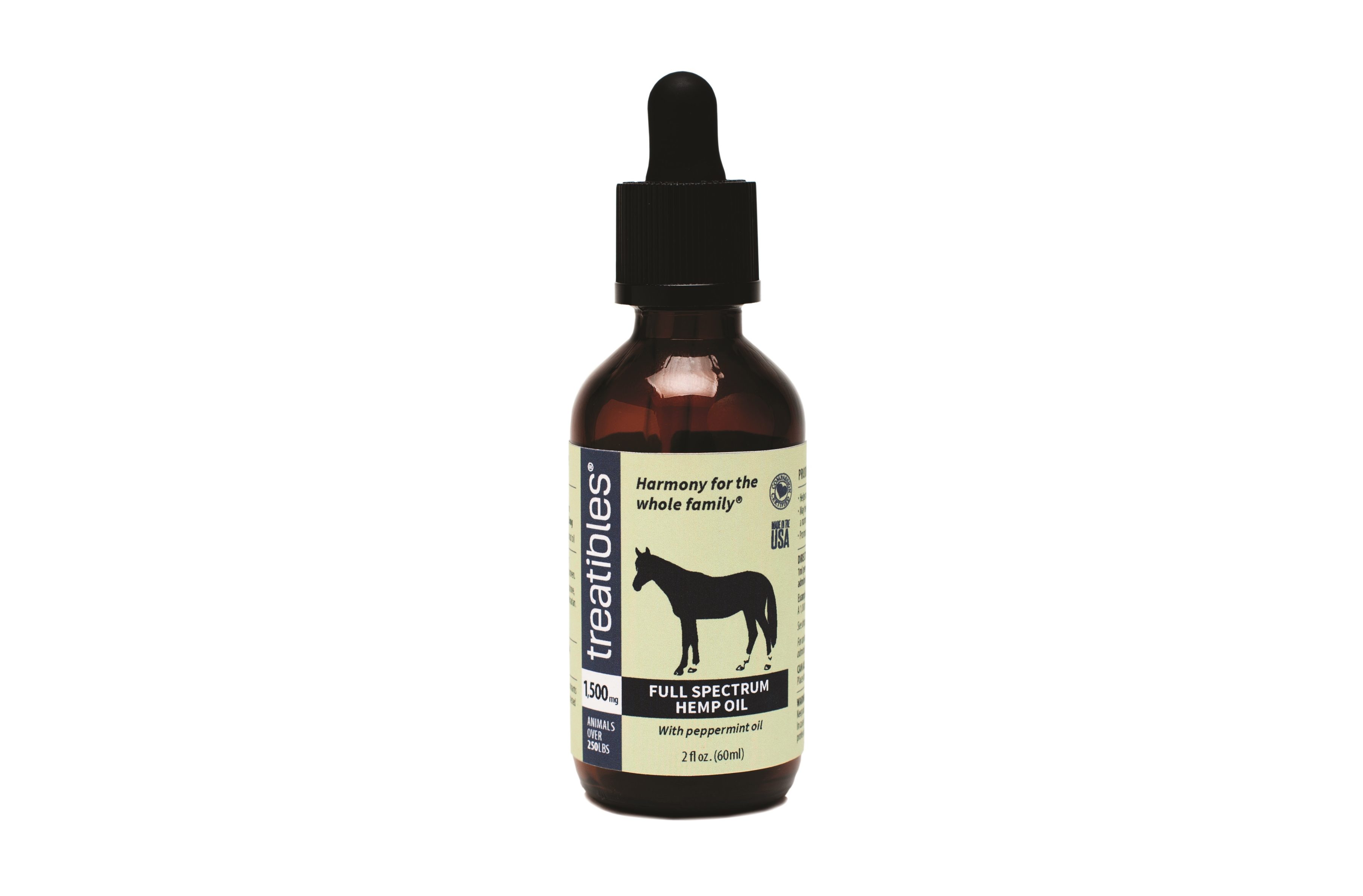Pet Food Packaging Predicted in the Billions by 2018
Pet Age Staff //July 28, 2014//
U.S. demand for pet food packaging is expected to rise almost 5 percent annually to $2.5 billion in 2018, according to a recent study published by The Freedonia Group Inc.
Growth is based on the use of higher-value packaging and continued strength in the pet food shipments fueled by an expected rebound in the pet population, the study found.
“Plastic pouches will be the primary beneficiary of the trend toward more advanced pet food packaging,” said Joe Pryweller, analyst at The Freedonia Group Inc. “Pouch demand in pet food packaging will rise 8.3 percent per year to $540 million in 2018, the fastest pace of growth among pet food packaging types.”
According to Pryweller, pouch demand will be bolstered by features that are inherently convenient for consumers, including zippered closure mechanisms and be lightweight in order to reduce shipping costs.
Tubs and cups will continue to supplant metal containers in wet food, growing in popularity due to peelable lids that are easier to open and allow the consumer to avoid cuts from metal edges.
Dry food will continue to represent the largest food segment in pet food packaging with a share of 49 percent in 2018. Bags are the largest packaging type in this segment due to the dominance of bulk items, those weighing 16 pounds or more, in dry pet food.
Multiwall paper bags are the preferred packaging type in the dry food packaging category, but woven polypropylene bags are gaining favor, with demand expected to expand 8.6 percent annually through 2018, according to the report.
Chilled and frozen pet food products offer another area of opportunity for pet food packaging growth. This category has developed from a small base and is expected to more than double in size through 2018 boosting demand for pouches, bags, tubs and cups and chubs. Consumer interest in raw pet food products with prolonged shelf life will fuel growth in this category as retail stores increase freezer and refrigerator shelf space, according to the study.


















